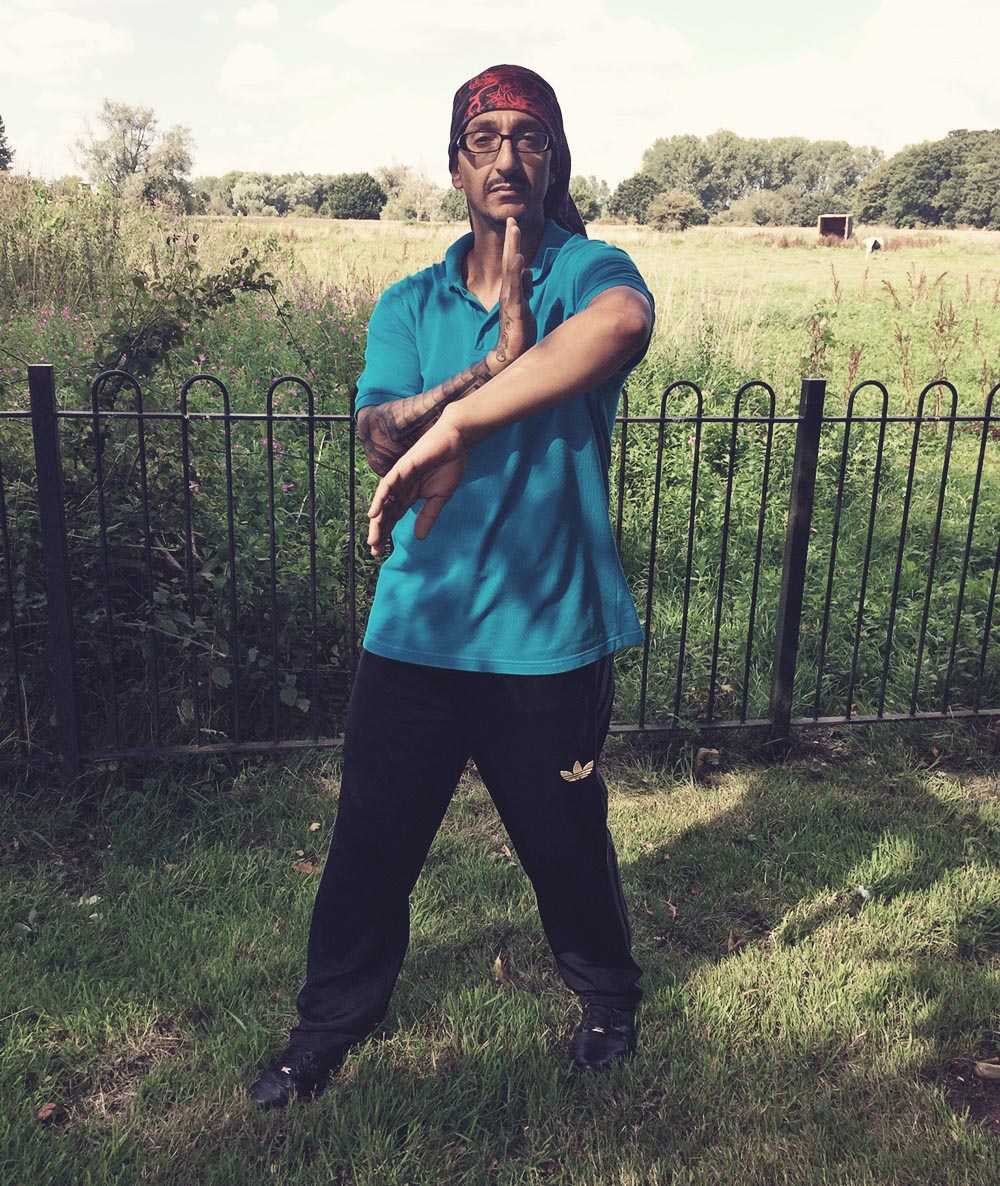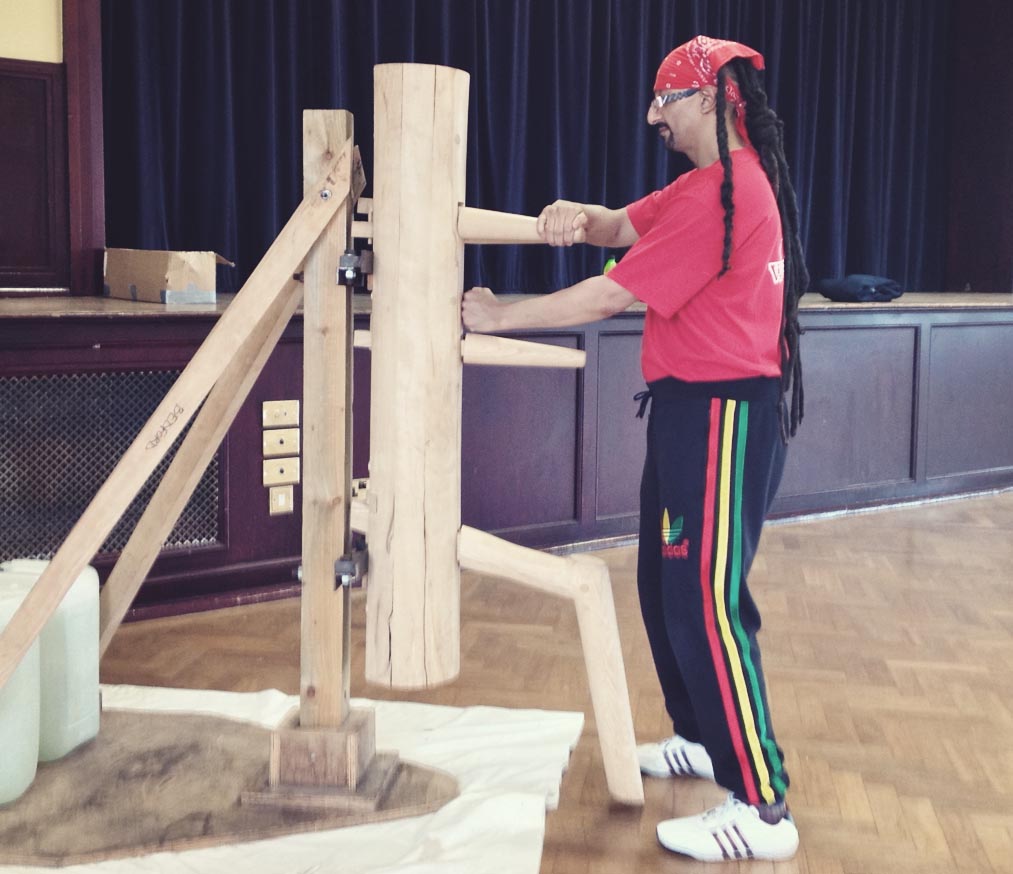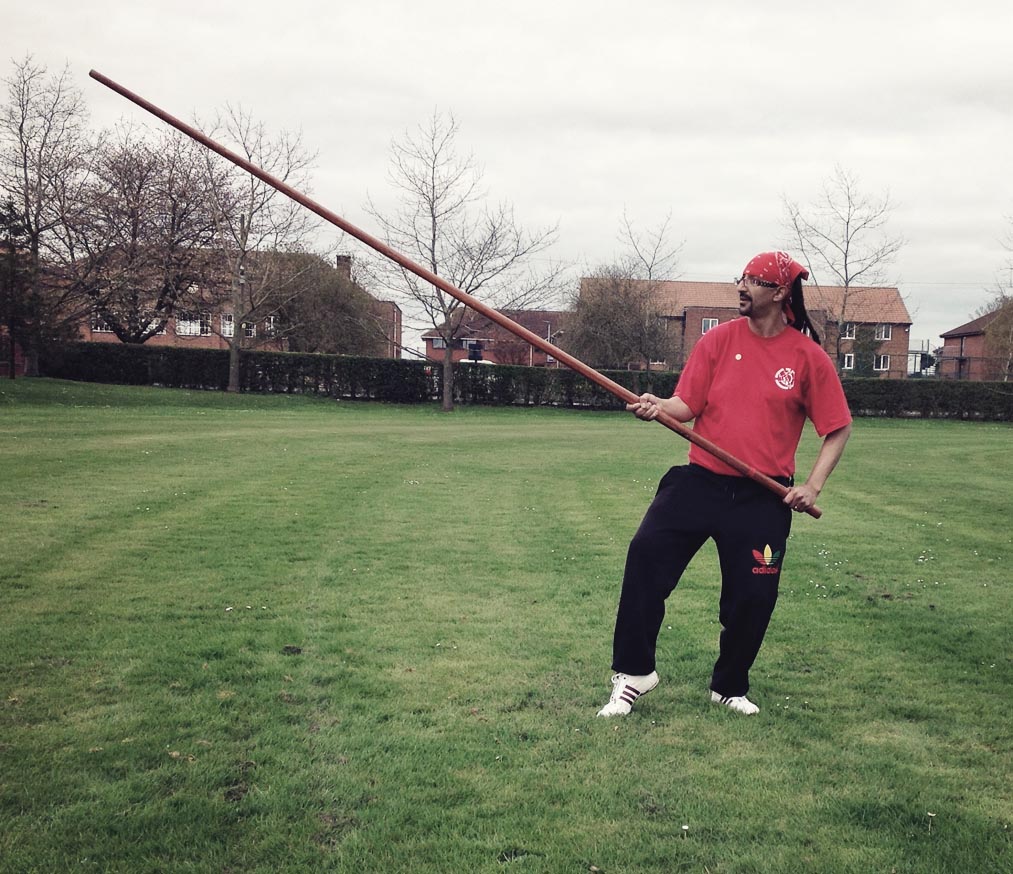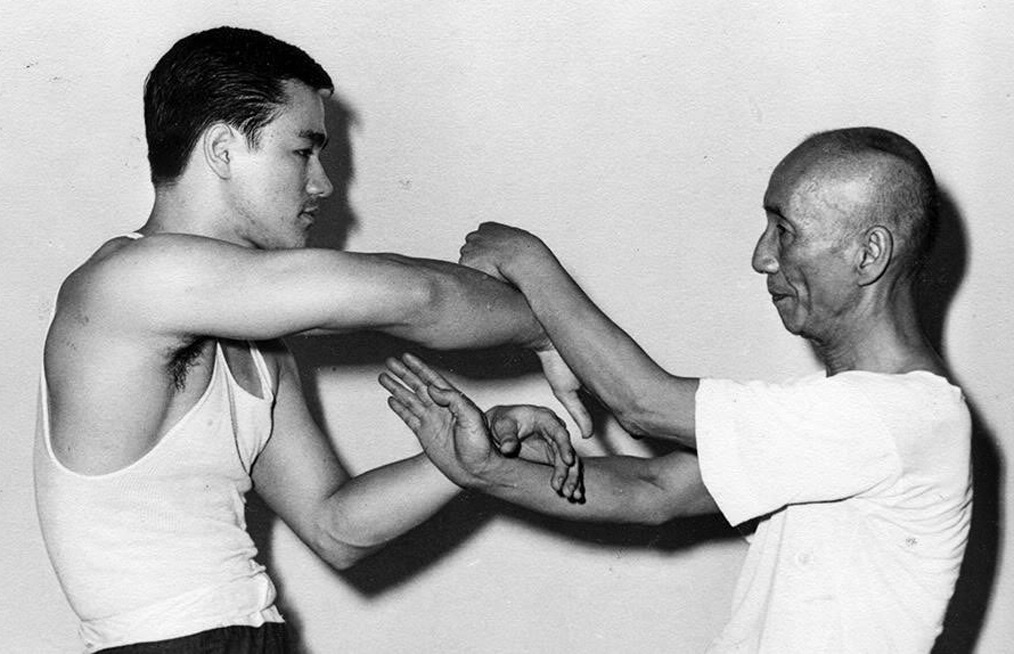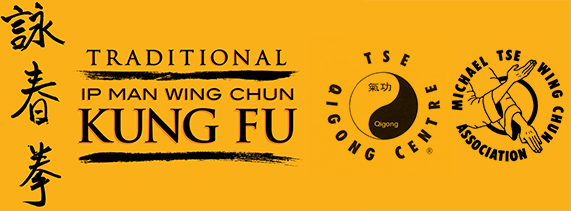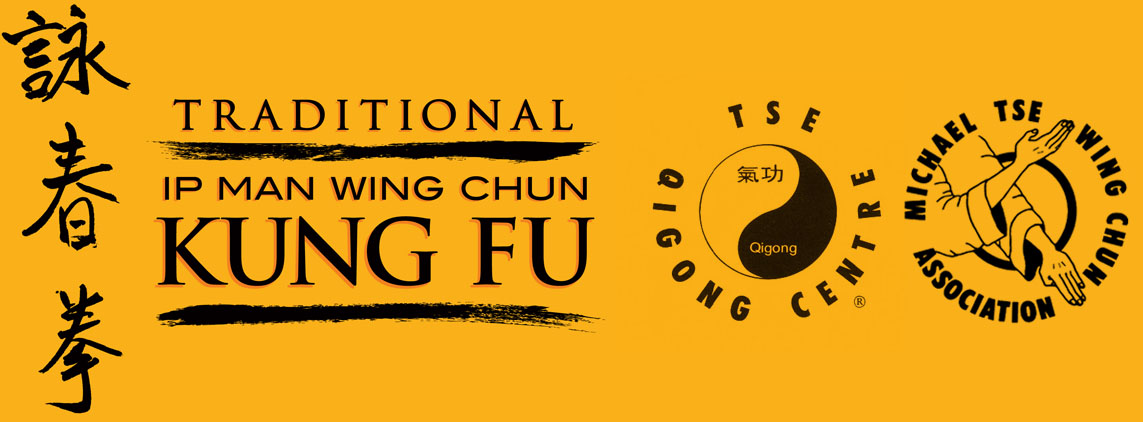[vc_row type=”in_container” scene_position=”center” text_color=”dark” text_align=”left” top_padding=”40″][vc_column column_padding=”no-extra-padding” column_padding_position=”all” background_color_opacity=”1″ background_hover_color_opacity=”1″ width=”1/1″][vc_text_separator title=”What will I learn in class?”][/vc_column][/vc_row][vc_row type=”in_container” scene_position=”center” text_color=”dark” text_align=”left”][vc_column column_padding=”no-extra-padding” column_padding_position=”all” background_color_opacity=”1″ background_hover_color_opacity=”1″ width=”1/3″]
[/vc_column][vc_column column_padding=”no-extra-padding” column_padding_position=”all” background_color_opacity=”1″ background_hover_color_opacity=”1″ width=”2/3″][vc_column_text]
Wing Chun Kung Fu has three forms.
Siu Lim Tao (small idea/thought) is divided into three sections each with its own meaning. These are Gong Lik (Internal training and stillness), Fa Ging (development of relaxing power) and hand skill techniques.
Tsum Kiu (seeking the bridge) allows us to learn how to reach out to make contact with your opponent; you will also learn how to perform footwork, turning and various blocking techniques.
Biu Ji (thrusting/darting fingers) allows us to recover from falling or overextending by utilising attacking movements that use finger and elbow techniques.[/vc_column_text][/vc_column][/vc_row][vc_row type=”in_container” scene_position=”center” text_color=”dark” text_align=”left”][vc_column column_padding=”no-extra-padding” column_padding_position=”all” background_color_opacity=”1″ background_hover_color_opacity=”1″ width=”1/1″][vc_column_text]
Wooden Dummy (Muk Yan Jong) is taught at a later stage in the Wing Chun syllabus. It allows us to train when you do not have an opponent, and helps practice Wing Chun kicks. It also perfects and trains the accuracy of our footwork and body position combining all you will have learnt in Chi Sau and Forms.
[/vc_column_text][vc_column_text]
Weapons (Butterfly Knives – Baat Jam Dao & Wing Chun six and a half point pole – Luhk Dim Bun Kwan) are also taught at a later stage in the syllabus. They allow us to strengthen our bones the more you train with them, thus allowing your Qi to develop to a very high level.
[/vc_column_text][/vc_column][/vc_row][vc_row type=”in_container” scene_position=”center” text_color=”dark” text_align=”left”][vc_column column_padding=”no-extra-padding” column_padding_position=”all” background_color_opacity=”1″ background_hover_color_opacity=”1″ width=”1/3″]
[/vc_column][vc_column column_padding=”no-extra-padding” column_padding_position=”all” background_color_opacity=”1″ background_hover_color_opacity=”1″ width=”1/3″]
[/vc_column][vc_column column_padding=”no-extra-padding” column_padding_position=”all” background_color_opacity=”1″ background_hover_color_opacity=”1″ width=”1/3″]
[/vc_column][/vc_row][vc_row type=”in_container” scene_position=”center” text_color=”dark” text_align=”left” top_padding=”25″][vc_column column_padding=”no-extra-padding” column_padding_position=”all” background_color_opacity=”1″ background_hover_color_opacity=”1″ width=”1/3″]
[/vc_column][vc_column column_padding=”no-extra-padding” column_padding_position=”all” background_color_opacity=”1″ background_hover_color_opacity=”1″ width=”2/3″][vc_column_text]
Chi Sau (sticking hands) is an integral part of Wing Chun Kung Fu; its aim is to develop sensitivity, conserve energy and control your opponents energy and movements through the correct application of technique and footwork.
Chi Sau is akin to a game of chess and is not intended to be used for fighting or sparring. Knowing when to use correct energy at the correct time is of great importance. Chi Sau will allow us to develop our Wing Chun skill in a relaxed, safe and friendly environment.
[/vc_column_text][/vc_column][/vc_row][vc_row type=”in_container” scene_position=”center” text_color=”dark” text_align=”left” top_padding=”40″][vc_column column_padding=”no-extra-padding” column_padding_position=”all” background_color_opacity=”1″ background_hover_color_opacity=”1″ width=”1/1″ offset=”vc_hidden-xs”][vc_text_separator title=”Good for your health, confidence and well being” el_width=”60″][/vc_column][/vc_row][vc_row type=”in_container” scene_position=”center” text_color=”dark” text_align=”left”][vc_column column_padding=”no-extra-padding” column_padding_position=”all” background_color_opacity=”1″ background_hover_color_opacity=”1″ width=”1/6″][/vc_column][vc_column column_padding=”no-extra-padding” column_padding_position=”all” background_color_opacity=”1″ background_hover_color_opacity=”1″ width=”1/3″][vc_column_text]Although Wing Chun Kung Fu is one of the most highly effective martial arts in the world, it is also a superb way to simply keep healthy and active. It also has the added benefit of giving you a clear and clam mind that is transferable to modern day to day living.[/vc_column_text][/vc_column][vc_column column_padding=”no-extra-padding” column_padding_position=”all” background_color_opacity=”1″ background_hover_color_opacity=”1″ width=”1/3″]
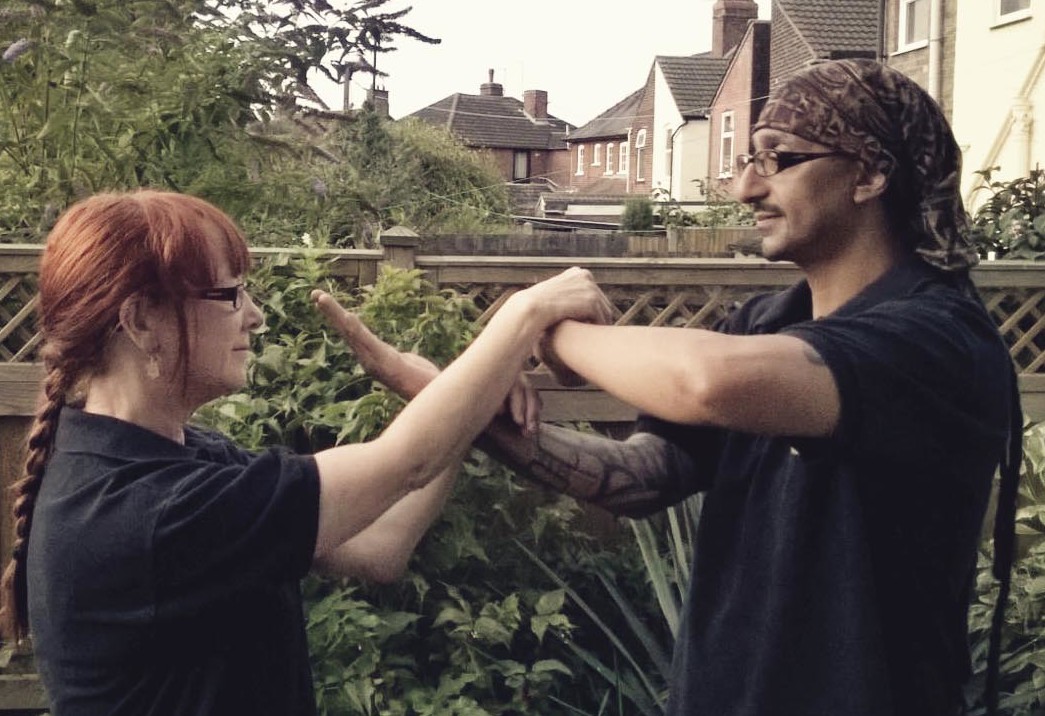
[/vc_column][vc_column column_padding=”no-extra-padding” column_padding_position=”all” background_color_opacity=”1″ background_hover_color_opacity=”1″ width=”1/6″][/vc_column][/vc_row][vc_row type=”in_container” scene_position=”center” text_color=”dark” text_align=”left”][vc_column column_padding=”no-extra-padding” column_padding_position=”all” background_color_opacity=”1″ background_hover_color_opacity=”1″ width=”1/1″][vc_text_separator title=”Why we call our teacher sifu”][/vc_column][/vc_row][vc_row type=”in_container” scene_position=”center” text_color=”dark” text_align=”left”][vc_column column_padding=”no-extra-padding” column_padding_position=”all” background_color_opacity=”1″ background_hover_color_opacity=”1″ width=”1/1″][vc_column_text]
“In the past, Chinese etiquette considered it impolite to call anyone by their first name. Even family members had their own special titles. This way of addressing others also shows their family connection. Even siblings call each other “Brother” or “Sister” rather than their given names.
For the mother’s side and the father’s side, there is a different name for the same family relationship. This makes people’s relationships very clear without having to explain which side of the family is being discussed. For instance, when a grandchild calls their grandfather “Ye-Ye”, people would instantly know that this is his or her father’s father. Their maternal grandfather is called, “Gong-Gong”.
Today, this system is still used and it creates a system of courtesy and position among family, friends and society.
So when we study a Chinese skill, we call our teacher “Sifu” to show our respect. Being able to call a teacher “Sifu” in the past also meant that the teacher had accepted you to be his or her student.”…the Tse Qigong Centre.
[/vc_column_text][/vc_column][/vc_row][vc_row type=”in_container” scene_position=”center” text_color=”dark” text_align=”left” top_padding=”40″][vc_column column_padding=”no-extra-padding” column_padding_position=”all” background_color_opacity=”1″ background_hover_color_opacity=”1″ width=”1/1″][vc_text_separator title=”What should I wear to class?”][/vc_column][/vc_row][vc_row type=”in_container” scene_position=”center” text_color=”dark” text_align=”left”][vc_column column_padding=”no-extra-padding” column_padding_position=”all” background_color_opacity=”1″ background_hover_color_opacity=”1″ width=”1/1″][vc_column_text]There is no formal uniform except a Tse Qigong Centre polo shirt which you receive when you become a member of the Tse Qigong Centre. Please ensure you wear comfortable clothing and footwear such as trainers.[/vc_column_text][/vc_column][/vc_row][vc_row type=”in_container” scene_position=”center” text_color=”dark” text_align=”center”][vc_column column_padding=”no-extra-padding” column_padding_position=”all” background_color_opacity=”1″ background_hover_color_opacity=”1″ width=”1/1″][vc_column_text]
[/vc_column_text][/vc_column][/vc_row]
